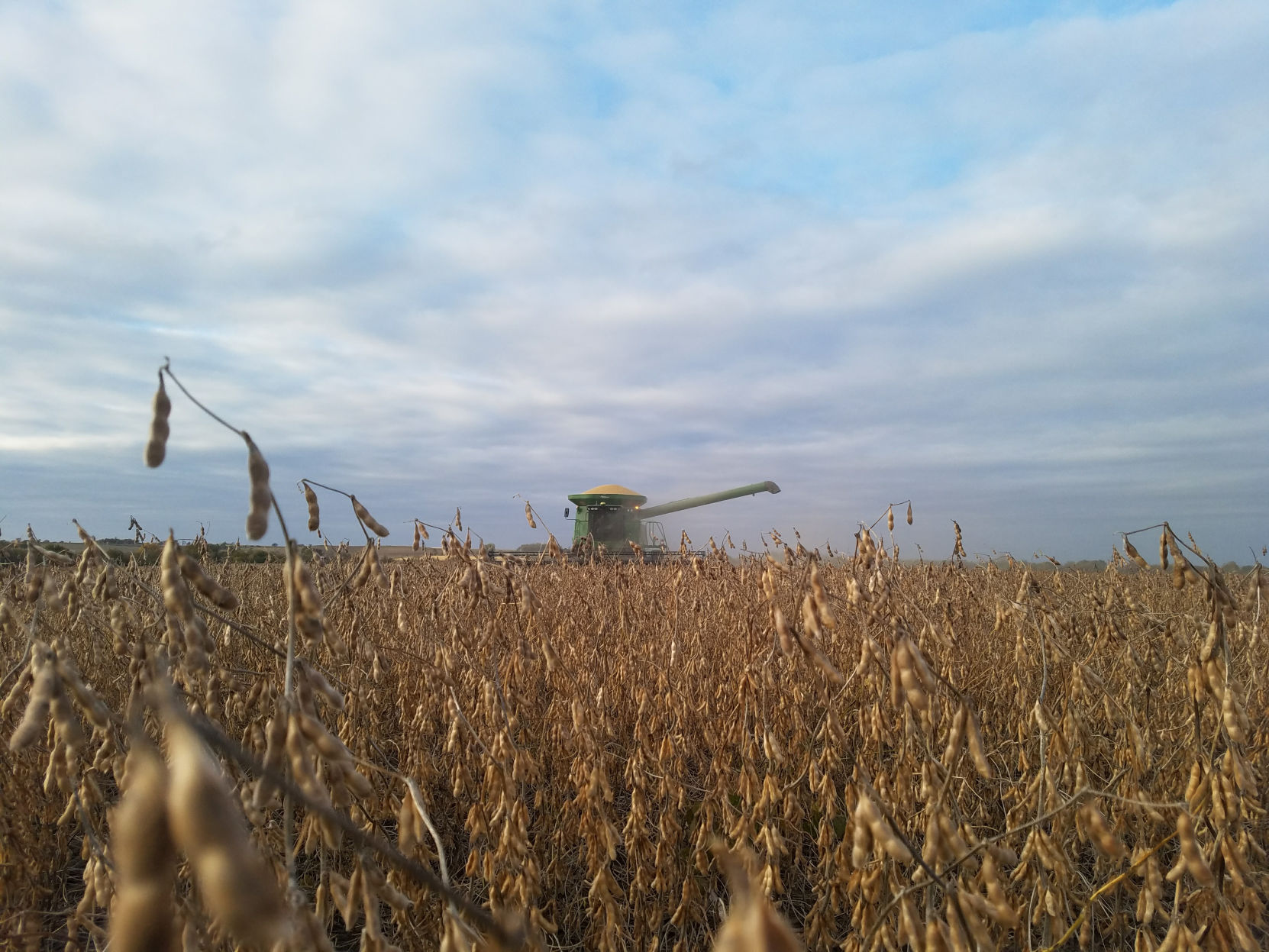Dryland corn and soybean producers in much of the central Plains have experienced an uphill battle this growing season as drought and heat will likely reduce crop production, according to one expert.
Holly Thrasher, a DEKALB Asgrow technical agronomist based in Stafford, Kansas, said on July 27 the high temperatures without rain were a double whammy at a critical time for plant development.
She recently scouted fields in the Pratt, Kansas, area, and the corn was extremely stressed but she could find some silver linings in some cases. “Walking through a field and looking hybrid by hybrid there is more corn than I thought.”
The summer’s drought and heat came on the heels of spring planting when moisture was below normal in many places, she added.
The lack of moisture may curb fungal diseases, although producers will have to be on the watch for spider mites in corn and soybeans as that pest can significantly reduce yields, Thrasher said. Also, the potential rises for aflatoxin in corn. A stressed plant will also be susceptible to smut in the ear.
The farther west she travels the condition worsens for dryland corn but she said there have been bands where rain did fall and that has helped those fields.
“The dryland acres are really struggling,” she said.
Even grain filling in irrigated fields will be stressed because nighttime temperatures stayed high and that impacts plant transpiration. Irrigators all have to weigh water allocations and timing of the application and at times that is a field-by-field decision, Thrasher said. She advised irrigators to look at the information about their hybrids and weigh that with other considerations including stress tolerance and soil quality.
“Growers will have good yields with irrigation (this year) but not great yields,” Thrasher said.
She has also received many calls from irrigators about water application on soybeans. The key for soybeans is there is still time for the pods to fill and August is a critical month in the central and western Plains.
“I’ll get asked, ‘Can I back off the water?’ On beans, no you can’t,” Thrasher said.
This year is shaping up to be similar to 2011 when growers last faced such stressful growing conditions. The pollination potential, crucial to yields, has taken a hit because of the heat, particularly when fields do not cool at night.
Also, the corn and soybean plants are shorter in stature, so while wind has less impact on yield potential it means that weed pressure may increase. Growers will need to take that nemesis into account as they also plan ahead to next year’s crop.
Thrasher said the heat and drought takes a mental toll. She knows of some growers (before the late July rains) in western Kansas who had not had any meaningful rain since June 2021.
“The mental fatigue is one of the toughest challenges” as producers plan for harvest, she said.
Growers can take solace that seed company experts are also learning from stressful conditions. The DEKALB hybrids she works with place a great emphasis on drought tolerance and that will continue. As for 2022 fall harvest, she encourages producers to stay positive.
“The finish line is getting closer,” Thrasher said. “The crop will move along and move quickly and we’re getting there. Hang in there.”
Dave Bergmeier can be reached 620-227-1822 or [email protected].


